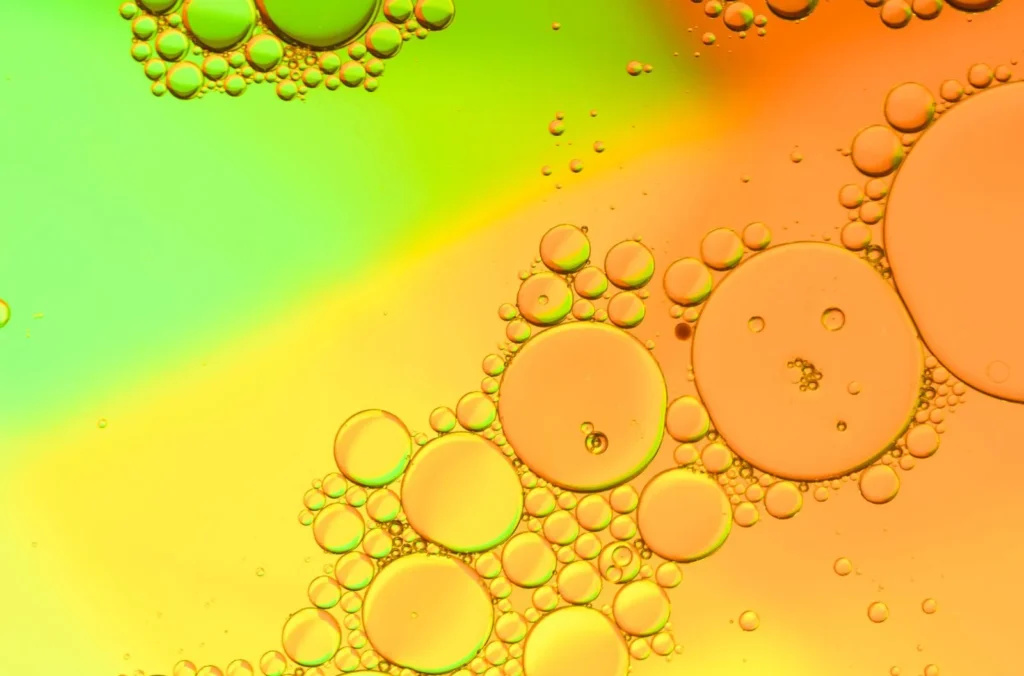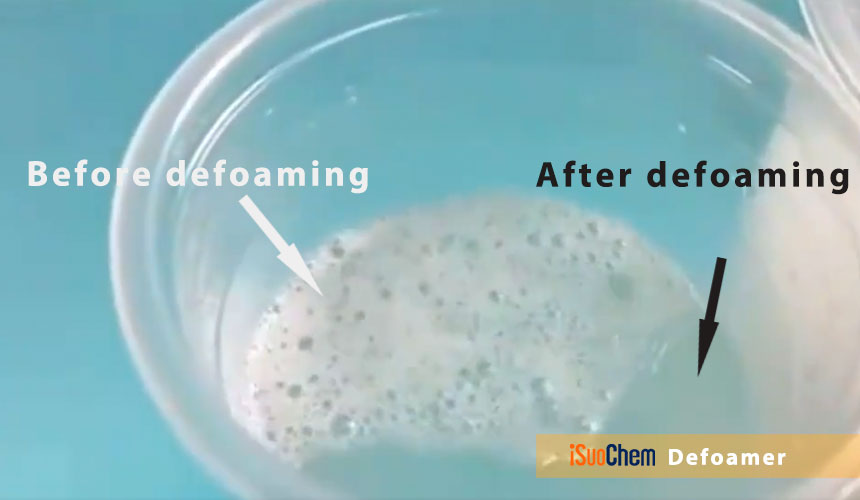Selecting the Right Defoamer for Your Particular Application Requirements
Choosing the appropriate defoamer for specific application demands is a nuanced procedure that demands careful factor to consider of several elements, such as the foam operating, type, and tool problems. Recognizing the subtleties of defoamer performance-- including speed and perseverance-- while likewise accounting for ecological and regulative elements is crucial. Additionally, taking part in trials and speaking with producers can provide useful insights. Nonetheless, navigating these intricacies can be difficult, and the consequences of a bad choice may be significant. What approaches can be used to make sure an optimal selection?
Understanding Foam Formation
Foam formation happens when gas is caught within a fluid, developing a secure framework of bubbles. This sensation can considerably affect different commercial procedures, specifically in fields such as food manufacturing, drugs, and wastewater therapy. The presence of foam can hinder mixing, decrease product high quality, and even bring about operational ineffectiveness.
Foam generally develops because of a combination of elements, including surface-active agents, agitation, and the characteristics of the liquid stage. Surfactants reduced the surface area stress of the liquid, helping with the formation of bubbles that can coalesce and stabilize. Anxiety, whether from mechanical stirring or gas introduction, enhances bubble development, causing boosted foam volume.
Comprehending the mechanics of foam development is critical for sectors intending to enhance their procedures. By identifying the specific problems that promote foam generation, organizations can apply methods to reduce its effects. This knowledge prepares for choosing appropriate defoaming representatives that successfully target the distinct obstacles presented by foam in different applications. Subsequently, a detailed understanding of foam formation is crucial for boosting efficiency and keeping product honesty throughout various fields.
Sorts Of Defoamers Available
Numerous types of defoamers are offered to resolve the challenges presented by foam in commercial applications. defoamers. Broadly categorized, defoamers fall under three classifications: silicone-based, non-silicone-based, and all-natural defoamers
Silicone-based defoamers are renowned for their efficiency and security throughout a variety of temperature levels and pH degrees. They are generally utilized in applications where solid foam reductions is essential, such as in adhesives, finishings, and paints. Their reduced surface area stress permits quick foam collapse.
Non-silicone-based defoamers, frequently made from organic compounds, provide an option for applications sensitive to silicone residues. These defoamers can be additional separated right into polyether and ester kinds, each customized to fulfill specific solution needs. Non-silicone defoamers are regularly made use of in food handling and individual treatment products due to their compatibility with various formulations.
Natural defoamers, derived from plant or pet resources, are obtaining grip because of their green account. These items are especially appealing in applications where regulative compliance and sustainability are paramount, such as in agrochemicals and biotechnology.
Picking the appropriate kind of defoamer is important for enhancing performance and making certain compatibility with details applications.
Trick Application Considerations
When selecting a defoamer, it is important to take into consideration the certain application demands to guarantee optimal efficiency. defoamers. Different industries have distinctive requirements, such as food handling, drugs, or wastewater treatment, and each application his response might need unique defoaming homes
Key variables to examine include the tool in which the defoamer will be made use of, whether it is water-based, oil-based, or a combination thereof. The temperature level and pH levels of the application can additionally substantially influence the performance of a defoamer. Furthermore, compatibility with various other chemicals present in the system is crucial to stop negative reactions that can compromise performance.
Another important consideration is the frothing behavior of the details system. Comprehending whether the foam creates rapidly or gradually can assist the selection of a defoamer that targets the origin efficiently. In addition, the preferred rate of defoaming can affect the choice, as some applications need quick action while others may endure slower defoaming procedures.
Finally, ecological and regulatory factors to consider should not be ignored, specifically in sectors with strict compliance demands. Picking a defoamer that straightens with these factors guarantees both effectiveness and security in the application.

Efficiency Screening Techniques
Examining the performance of a defoamer requires an organized technique to testing that accurately gauges its effectiveness in particular applications. Various efficiency screening methods can be employed to identify the ideal defoamer for a given solution.
One typical method is the bubble examination, which examines the defoamer's capability to reduce foam quantity over time. This examination includes creating a steady foam and afterwards including the defoamer to observe the rate of foam collapse. An additional technique is the dynamic foam examination, where foam is produced under controlled problems to mimic real-world application circumstances. This technique offers understandings right into how the defoamer performs under differing shear conditions.

Ultimately, selecting the suitable performance testing method depends on the specific application and the sort of foam being addressed. Each method offers important data that can direct formulation adjustments and enhance the effectiveness of Going Here the defoamer in practical applications.
Ideal Practices for Choice


Following, take into consideration the defoamer's performance in terms of rate of activity and persistence. A quick-acting defoamer may be needed for processes where quick foam suppression is essential, while an extra persistent formula may be required for prolonged foam control. Additionally, evaluate the environmental influence of the defoamer, including its biodegradability and any kind of governing compliance needs.
Conduct trials with picked defoamers to identify their effectiveness in real-world conditions. This action is essential to verify that the chosen item fulfills efficiency assumptions. Finally, seek advice from with suppliers or providers for technological assistance and support, as they can provide beneficial understandings into product formulas and application methods. By adhering to these ideal methods, you can boost foam control performance and ensure the durability of your procedures.
Final Thought
In summary, selecting the ideal defoamer requires a detailed assessment of various factors, consisting of foam type, medium, operating conditions, and environmental factors to consider. Understanding the distinct features of foam formation and the offered defoamer choices is vital.
Picking the appropriate defoamer for certain application demands is a nuanced procedure that requires cautious consideration of multiple variables, such as the foam operating, type, and medium conditions.Choosing the appropriate defoamer is critical for attaining ideal efficiency in foam control applications. A quick-acting defoamer may be required for processes where rapid foam Continued reductions is crucial, while a more relentless solution may be required for long term foam control.In recap, choosing the ideal defoamer necessitates a detailed analysis of numerous elements, including foam kind, medium, operating problems, and environmental considerations. Understanding the unique characteristics of foam development and the offered defoamer options is critical.